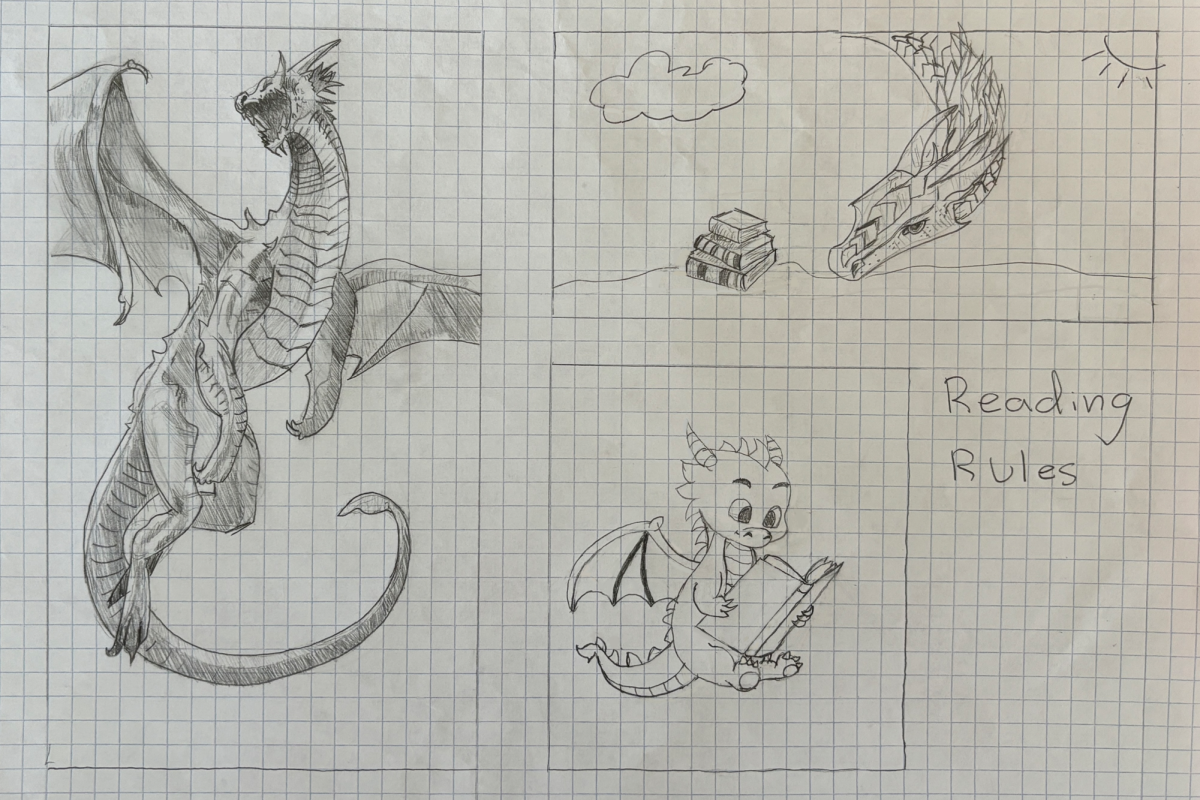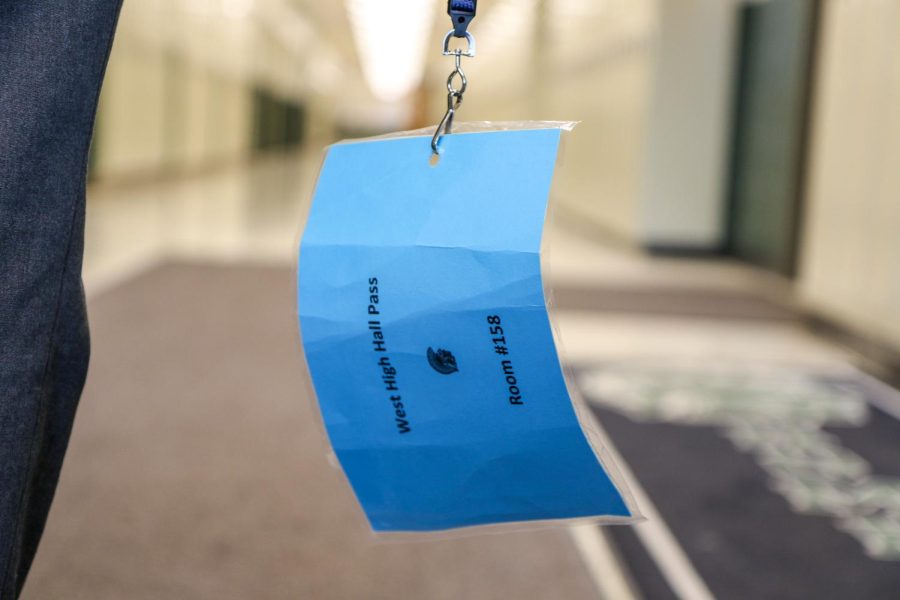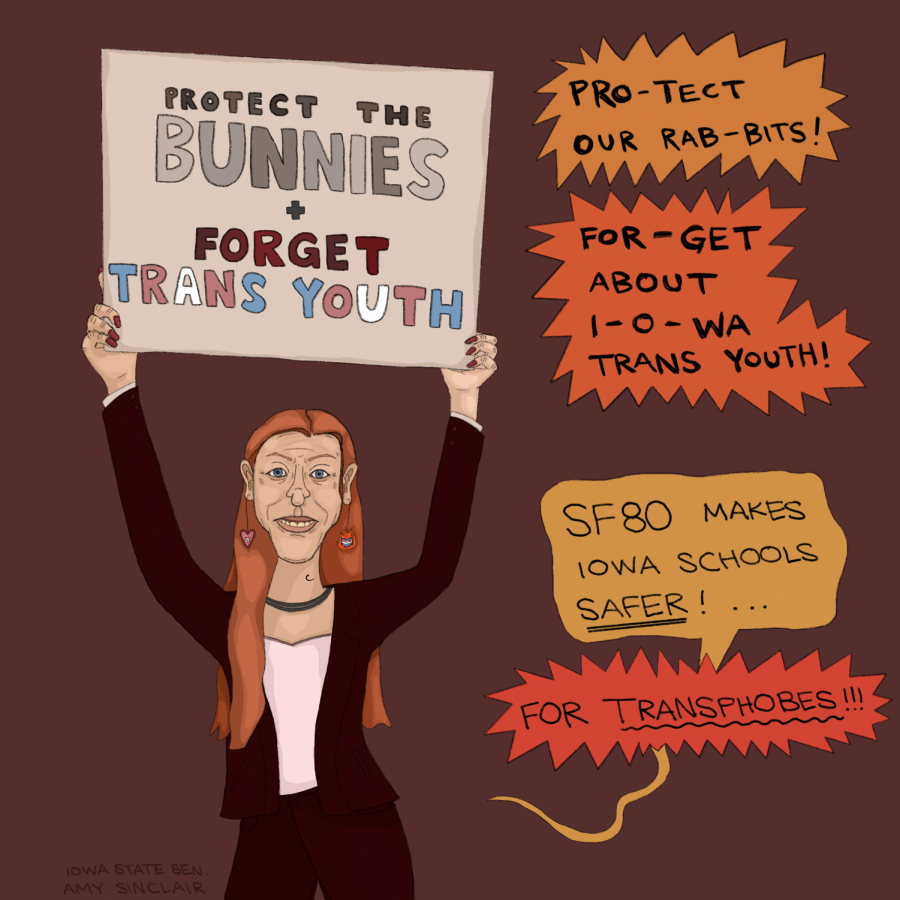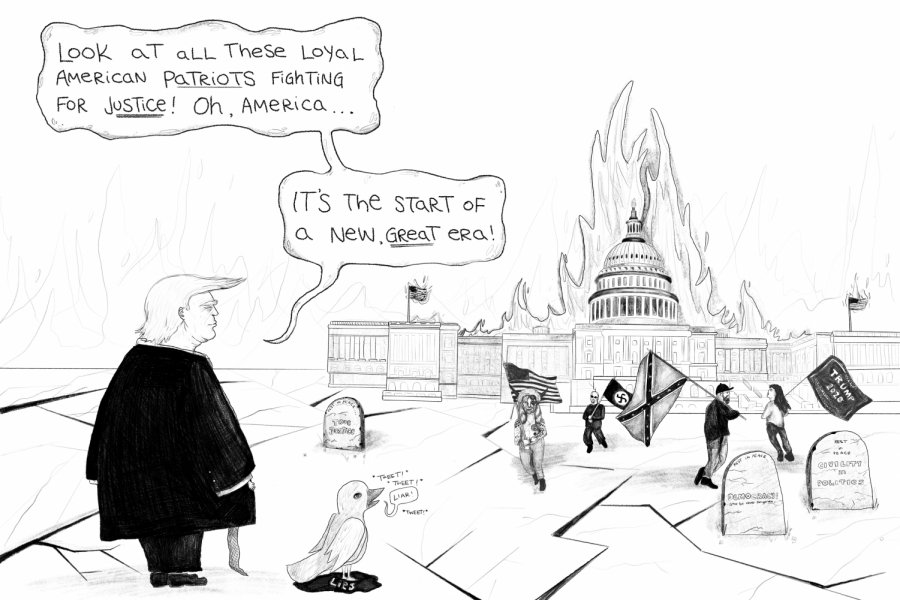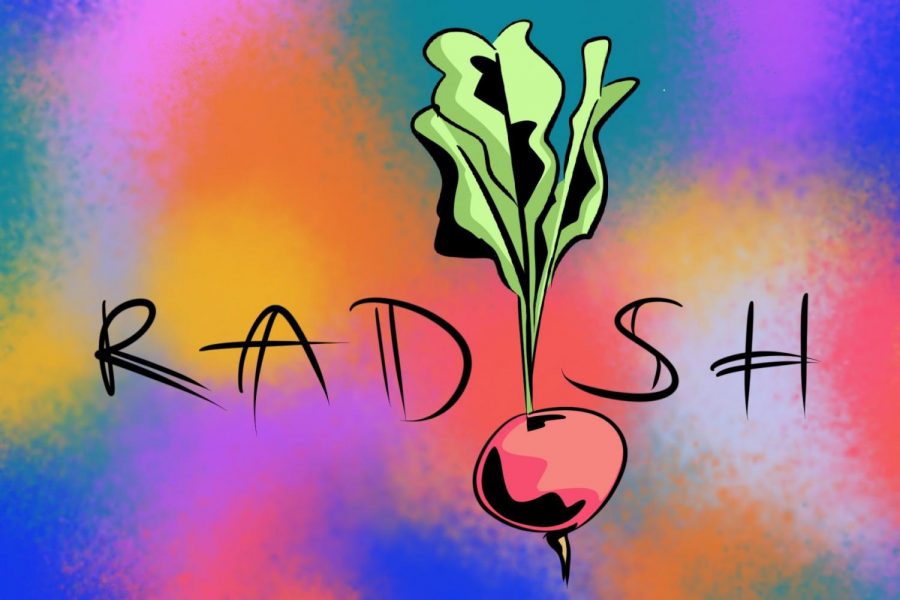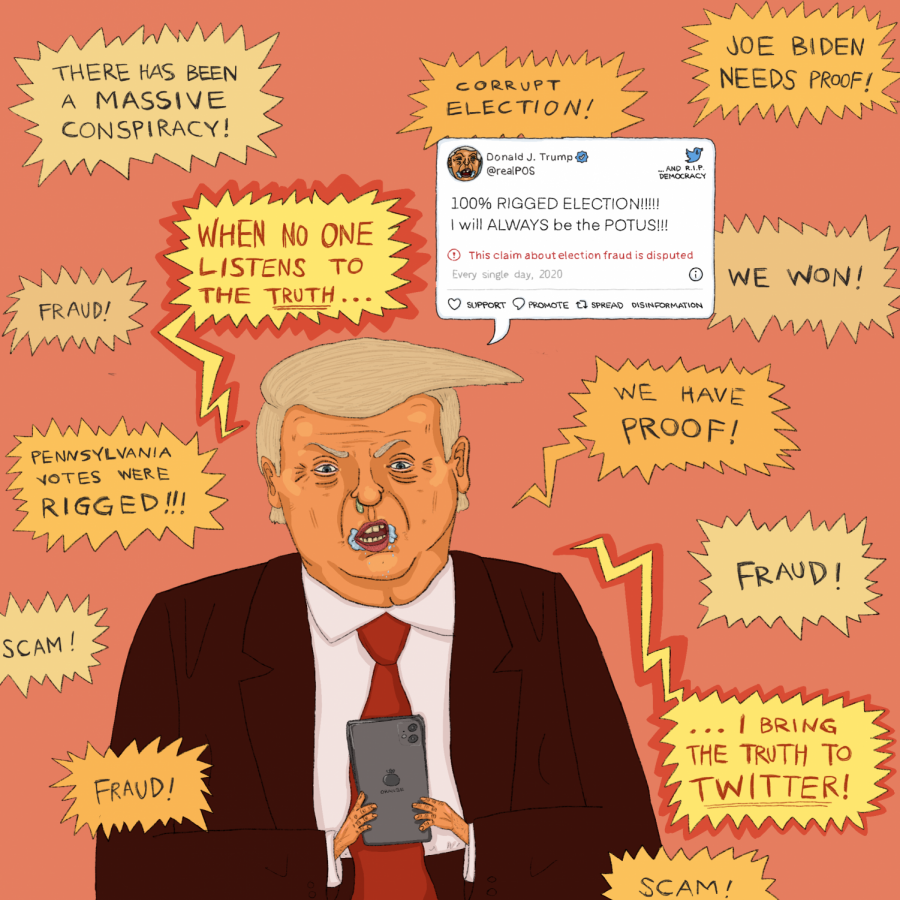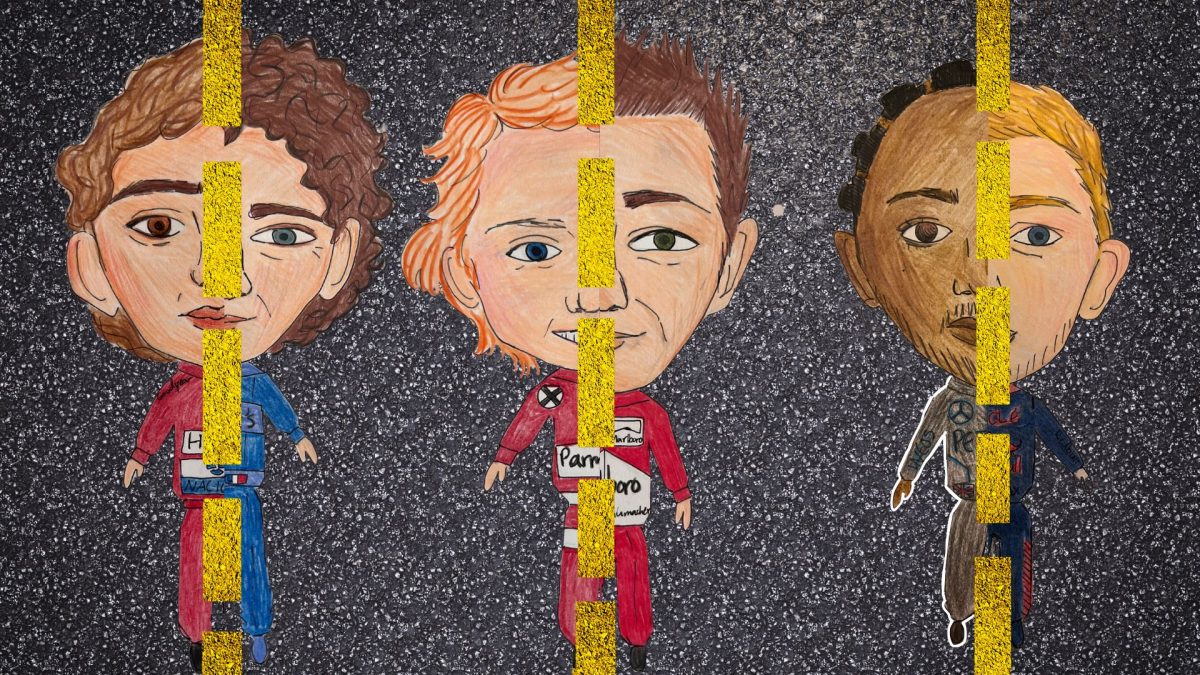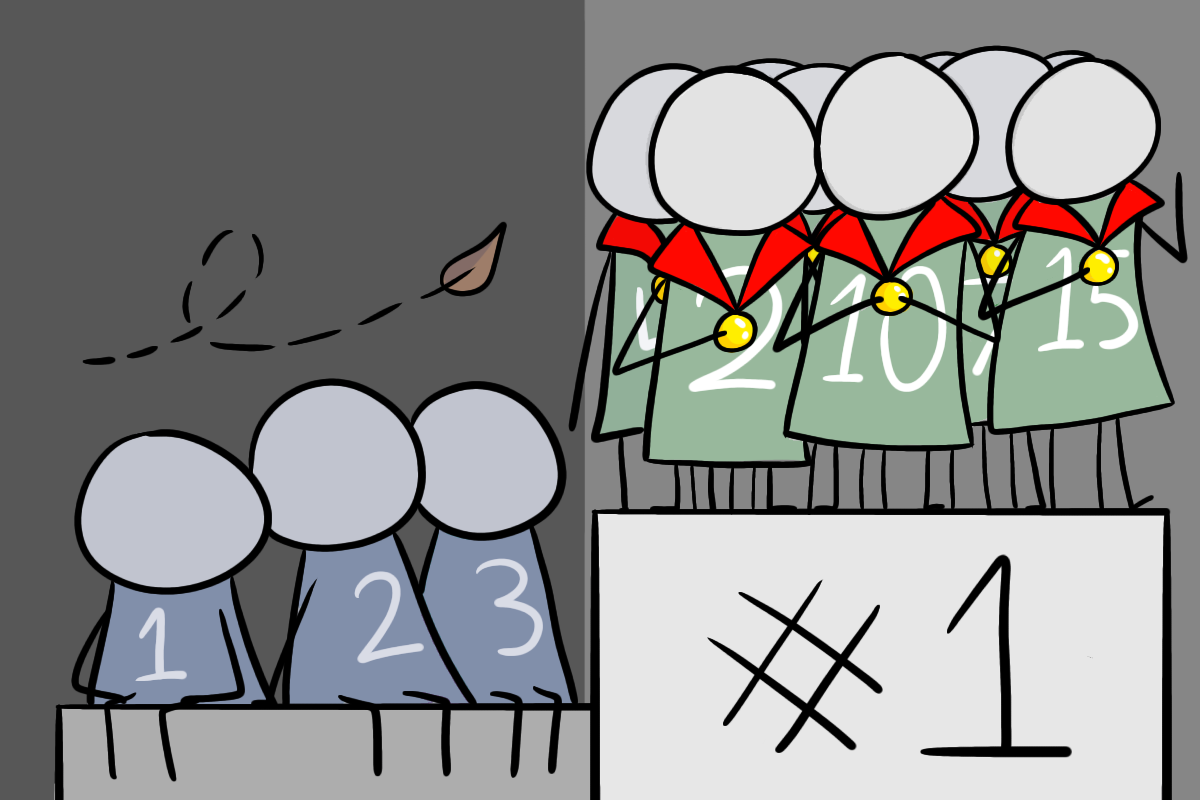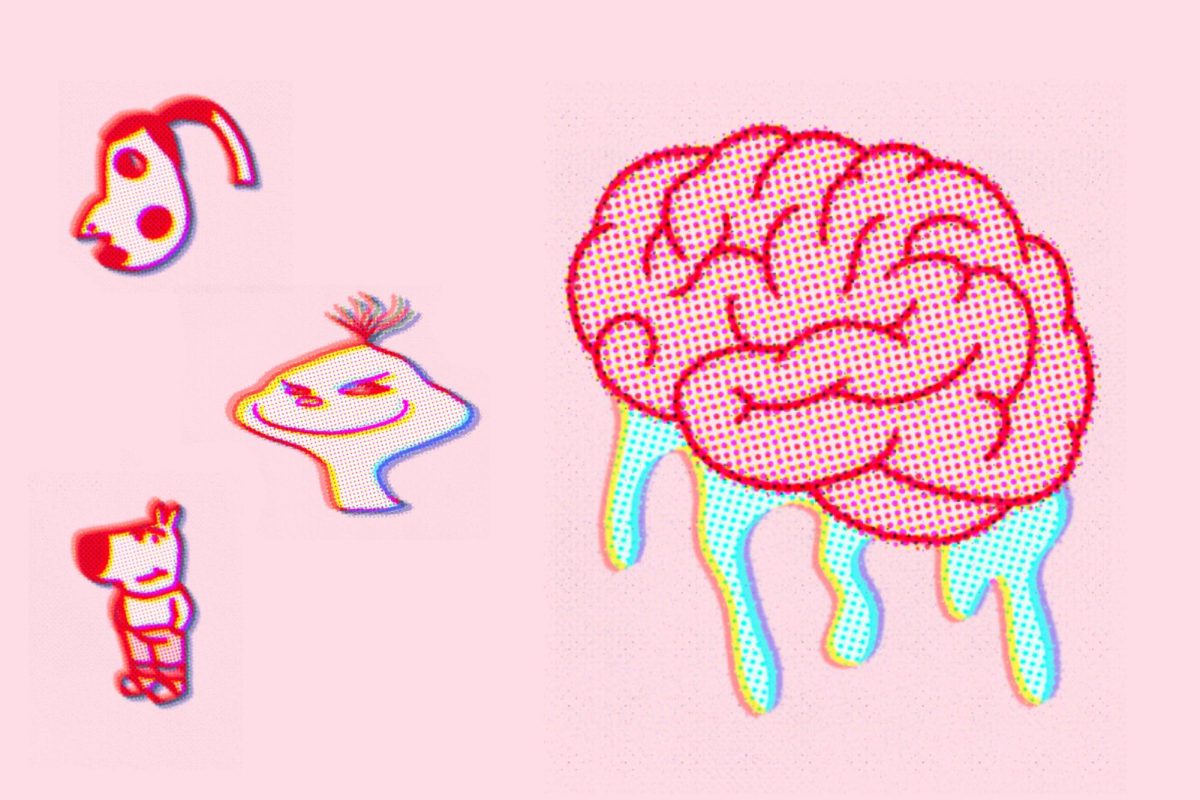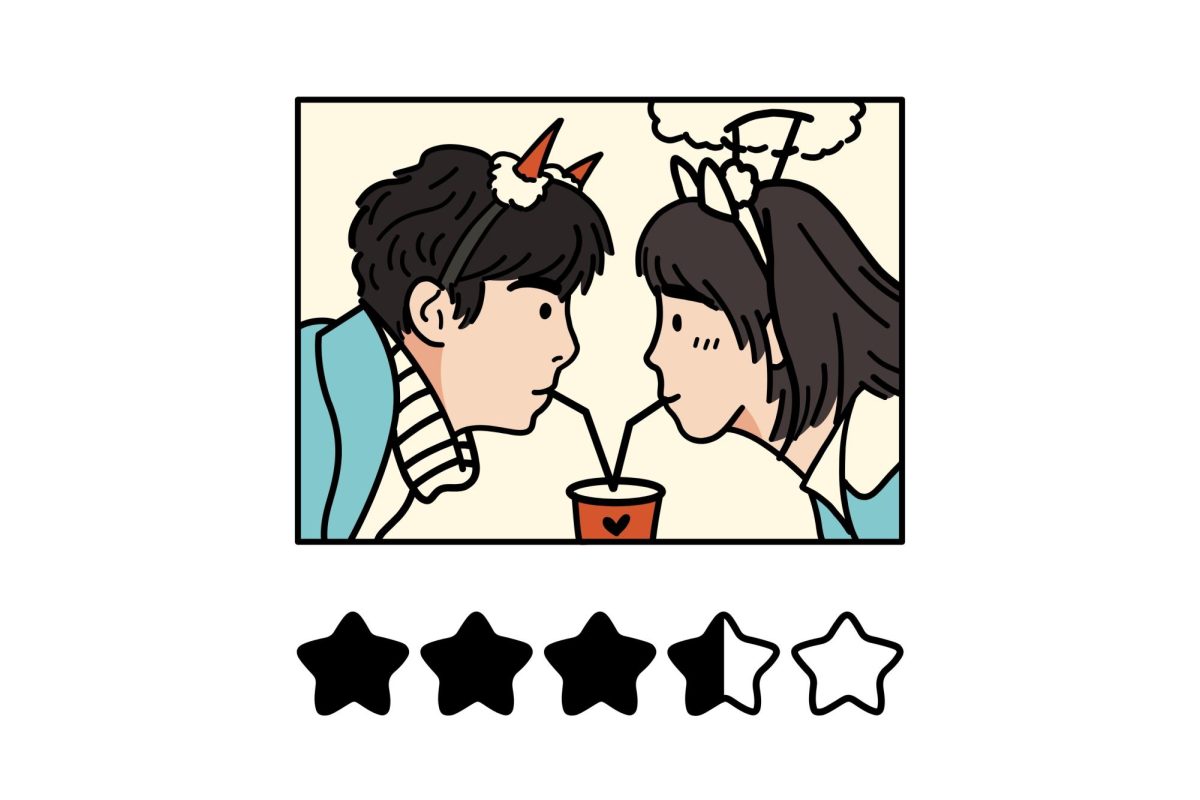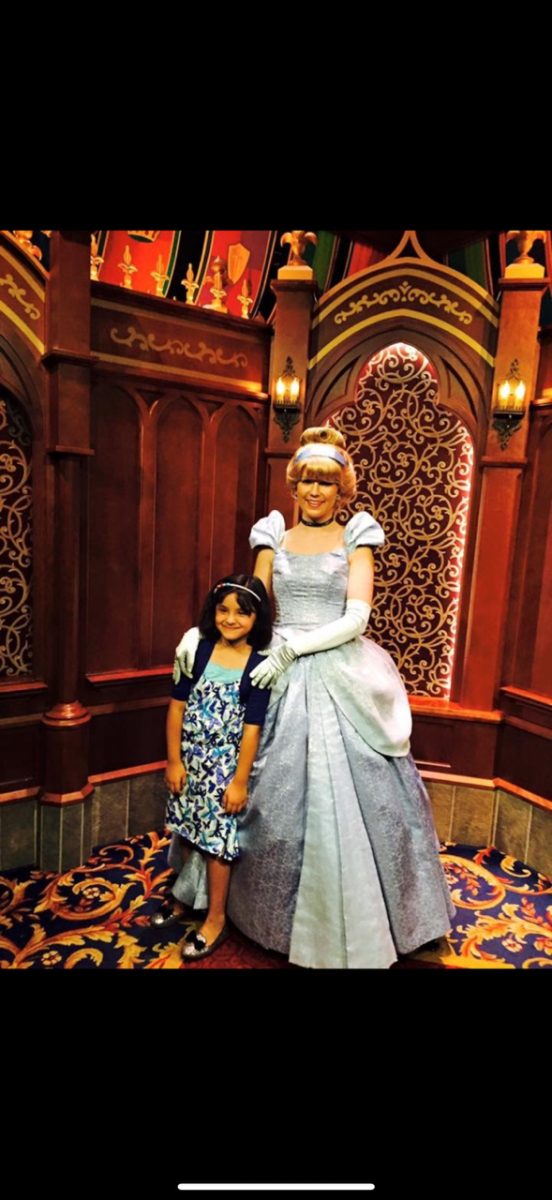The library was always a sanctuary to me, and the graphic novel area was especially comforting. From the age of six, I was drawn into the worlds of “The Baby-Sitters Club,” “Calvin & Hobbes,” “Peanuts”, and more. However, as I grew older, I noticed my persistent reading of graphic novels was swept under the rug as adults tried to get me to read more “practical” books. While I enjoyed these books, knowing that growing up as a reader meant I had to leave comics behind upset me.
For decades, comics have been discounted as a subgenre of literature that is good for laughs but not for lessons. As such, graphic novels have acquired a stigma simply because they show more visual entertainment than chapter books. Their art is correlated with childlike wonder or naivety, causing parents and teachers to push students away from graphic novels. Parents urge students to read traditional novels like classics or nonfiction, hoping to develop maturity. Although many parents — including my own — guide students toward these types of books with good intentions, preadolescents benefit from graphic novels just as much as the average chapter book, sometimes even more.
Graphic novels can help people with learning disabilities. 4% of the American population has ADHD, and comics draw them into the story quickly with bright colors and entertaining sketches. Similarly, 15-20% of dyslexic people don’t have to focus on reading the text to visualize the story; it has already been drawn out before them.
Though graphic novel reading among teens has seen a spike of 64% since 2023, there has been a 39% drop in products sold, as many — including myself — feel ashamed to check out or purchase comics.
Interestingly, comics have risen in popularity across the globe in past decades. In the 1960s, American comics were popular as a source of entertainment and outlet for social and political discussion, having a strong impact on American culture — DC and Marvel are notable examples of this. Comics introduced diverse characters and less-than-perfect superheroes, providing an avenue to mature topics for children and adolescents.
France, Belgium and Japan were the top countries where comics flourished as a widespread and respected art form. The Bande Dessinee in France and Belgium, a specific branch of comics native to the nations with classics such as “The Adventures of Tintin” and “The Smurfs,” is central to the Franco-Belgian identity and as nostalgic as our beloved Hollywood stars. Manga is celebrated for its diverse cast of characters, experimenting plots, and immersive material that can be enjoyed by all audiences.
Graphic novels aren’t only limited to their physical form. Many popular graphic novels — like “Heartstopper” and “Nimona” — were incredibly successful film adaptations of literature. Often, these adaptions are what initially draw potential readers in. Some early 2000s adaptations, such as Marvel, expanded the lore of the franchises. Other notable adaptations include “Riverdale” and “The Umbrella Academy,” which received high ratings across their respective streaming services.
As a hard-core fan of both the comic and animation worlds, I noticed the parallels between the two. Both rely on storytelling through images, and their art styles can cooperate to produce something grand. The New Yorker mentions how the graphic novel aesthetic for Marvel comics influenced animators to explore animation and art styles. “Spider-Man: Across the Spider-Verse,” a part of the overarching Spider-Man universe, incorporates dozens of animation styles, characterizing each Spider-Man’s universe with a different style. Even with varying art styles aimed at younger audiences, many corporations don’t see the potential of comics and animation.
Despite the rising popularity of the graphic novel industry, it needs to be more recognized and represented in many circles. Parents and teachers advise children to steer clear from them, as they don’t see graphic novels as a means of education, and it’s rarely brought up in the school curriculum besides stacks in the corner of the library. Society must redefine comic books’ role in education and encourage each other to pick up a comic at the local bookstore or library. If more people gain the courage to take on different experiences, it can open the door to new worlds and ideas.




